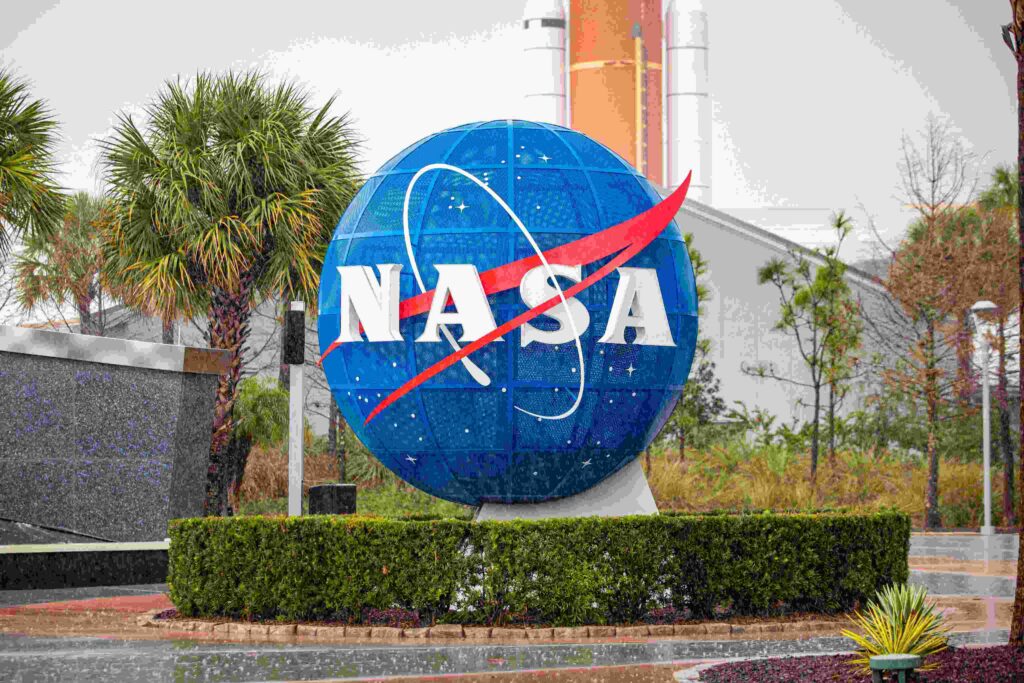Before you think we’re making this up, it’s a real mission and it’s underway. NASA has launched a probe heading toward a rock that, if everything suspected is true, could change the planet’s economy. It’s called Psyche 16 and it’s not just any asteroid. It’s located between Mars and Jupiter and what’s interesting is not its size or its orbit… but what’s inside: tons and tons of precious metals.
The calculation is so ridiculous it’s hard to process: they talk about 700 quintillion dollars inside it. Yes, with a Q. And if we divided it among the world’s population, we’d each get more than a million dollars. But before making plans, better see what this is all about.
Why this asteroid and not another one?
Psyche 16 was discovered in the 19th century, but it didn’t attract much attention because it looked like just another one among many. Until scientists noticed something strange: while most asteroids are made of rock or ice, this one seems to be all metal. And not just any metal. We’re talking iron, nickel, gold, platinum… Basically a floating mine.
The theory is that it could be the core of a planet that never formed, a kind of space skeleton that was left hanging after some cosmic cataclysm. It’s like looking into the heart of a world that never existed.
The mission is already on its way
In October 2023, NASA, together with SpaceX, launched the Psyche mission. It’s not that they’re bringing back gold bars (if only), but the goal is to study the asteroid up close. If all goes well, the probe will arrive in 2029 and spend two years orbiting the thing, scanning and analyzing its composition.
The interest, really, goes beyond money. Knowing what this core is like can help understand how planets like Earth were formed. Like, what happened for us to have an iron center and a silicon crust. That kind of thing that doesn’t seem very useful in everyday life, but for science it’s gold… literally.
Is this going to change our lives?
Right now, no. But it opens the door to the idea that in the future, space mining might not be crazy. The idea of extracting resources from space has been on the table for years, but Psyche has reactivated the interest: for its value, its rarity, and because it’s just there, floating, waiting.
If one day we manage to extract materials from this kind of asteroid, it could change a lot of things: from electronics prices to geopolitical tensions over resources. And it would also take a bit of pressure off the planet, which already has enough on its plate.
More than a mine, a floating lab
The James Webb telescope has already taken a look at Psyche from afar and detected signs of oxidation. That could mean it once had water or certain geological processes. Details that, even if they sound technical, are key to knowing whether this “space mine” is stable and if it really has the value that’s estimated.
NASA’s mission, deep down, is also a pilot test. A way to see what it would be like to organize an operation in space with scientific goals… but with clear commercial potential.
For now, patience
Even though the 700 quintillion dollar figure sounds like absolute temptation, this isn’t something we’re going to see in the supermarket tomorrow. But the simple fact that there’s an object like that out there, and that we’re on our way to it, is already quite impressive.
Maybe in a few decades, talking about mining in space won’t sound so strange. And maybe, just maybe, the gold of the future won’t be buried on Earth… but floating calmly beyond Mars!
